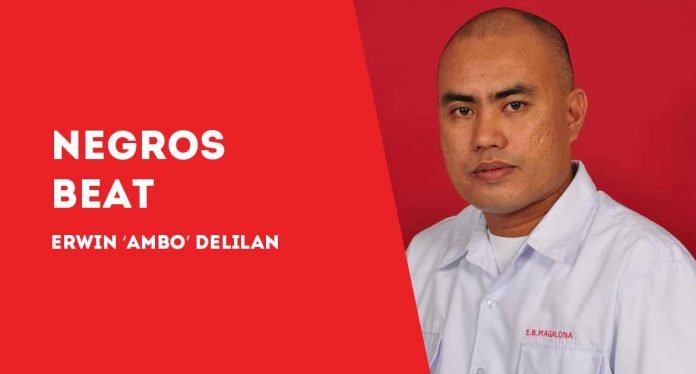
By ERWIN ‘AMBO’ DELILAN
“REVIVE us again!” What a line packed with meaning, coming from over 8,000 agrarian reform beneficiaries-turned-small sugar planters in the CHICKS (Cauayan, Hinoba-an, Ilog, Candoni, Kabankalan, and Sipalay) area of southern Negros Occidental. They are pleading with President Bongbong Marcos Jr. to revive the ill-fated Dacongcogon Sugar Central (DSC) in Barangay Tabugon, Kabankalan City. This appeal is articulated in a manifesto they hope to present to Malacañang.
“Reviving DSC,” they argue, “is akin to reviving our decent lives.” Moreover, they see it as a potential solution to the insurgency problem in southern Negros.
I was captivated by this appeal and its underlying issues. Thus, I spoke with former prosecutor, Atty. Rolando Parpa, who is spearheading this monumental cause. At 84, Atty. Parpa remains articulate and witty. Before our interview, he shared a 52-page scrapbook detailing the history of DSC and the complexities of the insurgency problem in Negros Island.
When I asked about the connection between DSC and insurgency, he simply replied, “Both are inter-related.” He believes that as long as DSC remains mothballed, the insurgency in southern Negros will worsen. To underscore his point, he presented data regarding 87 Negrenses killed between July 1, 2022, and Sept. 21, 2022, due to insurgency. The documentation, listing names and dates of assassinations, encounters, and ambushes, was startling.
SOCIAL JUSTICE FOR SOCIAL PROBLEM
Atty. Parpa also detailed the various reasons behind their appeal to resurrect DSC. Since its foreclosure in 2008 by the Lucio Tan-led Philippine National Bank (PNB), the lives of over 10,000 DSC multi-purpose cooperative members have dramatically changed. Many can no longer afford to transport their sugarcane to other mills and have thus switched to growing other crops to save on transportation costs. Consequently, their economic conditions have worsened, and some have even joined underground movements.
For the past 14 years, various social issues, including insurgency, have continued to plague the 50,000 hectares of Dacongcogon Valley where the now-dilapidated DSC stands. Atty. Parpa argues that reviving DSC is an act of social justice, which could pave the way for the National Task Force to End Local Communism and Armed Conflict (NTF ELCAC) to quell the insurgency in Negros.
MARCOS SR. ‘LEGACY’
Historically, Atty. Parpa says, DSC was a legacy of the late President Ferdinand Edralin Marcos Sr. Founded in 1965 and built until 1968, DSC began its milling operations in 1971. “This was Marcos Sr.’s initiative to empower small sugar planters in Negros.” However, in later years, the military labeled DSC as an insurgent front. Notably, one of DSC’s founders was the late Bacolod Bishop Antonio Y. Fortich, known as the “Pilgrim of the Poor.”
Although the past is behind them, Atty. Parpa, who currently presides over the Dacongcogon Producers and Marketing Association (DPMA), aims to bring their significant cause to the media’s attention. “Through the media, we want Marcos Jr. to hear our plea – revive us again!” He hopes Marcos Jr. will not only honor his father’s legacy but also consider the well-being of small sugar planters and the broader community of southern Negros.
UPHILL BUT WORTHWHILE
In essence, reviving DSC is no trivial endeavor. It’s akin to building a new sugar mill and will demand a massive financial investment. Incorporating modern facilities and technologies to make it competitive is also essential. If private investors shy away from such a monumental task, the government remains the last beacon of hope for the people of Dacongcogon. Given that insurgency is a significant concern, if DSC’s revival offers a solution, why not pursue it? After all, as Atty. Parpa suggests, rejuvenating DSC could simultaneously boost the economy and address insurgency.
Yet, is this goal achievable? One can only hope.
May Atty. Parpa and his team’s appeal reach Malacañang soon./PN



